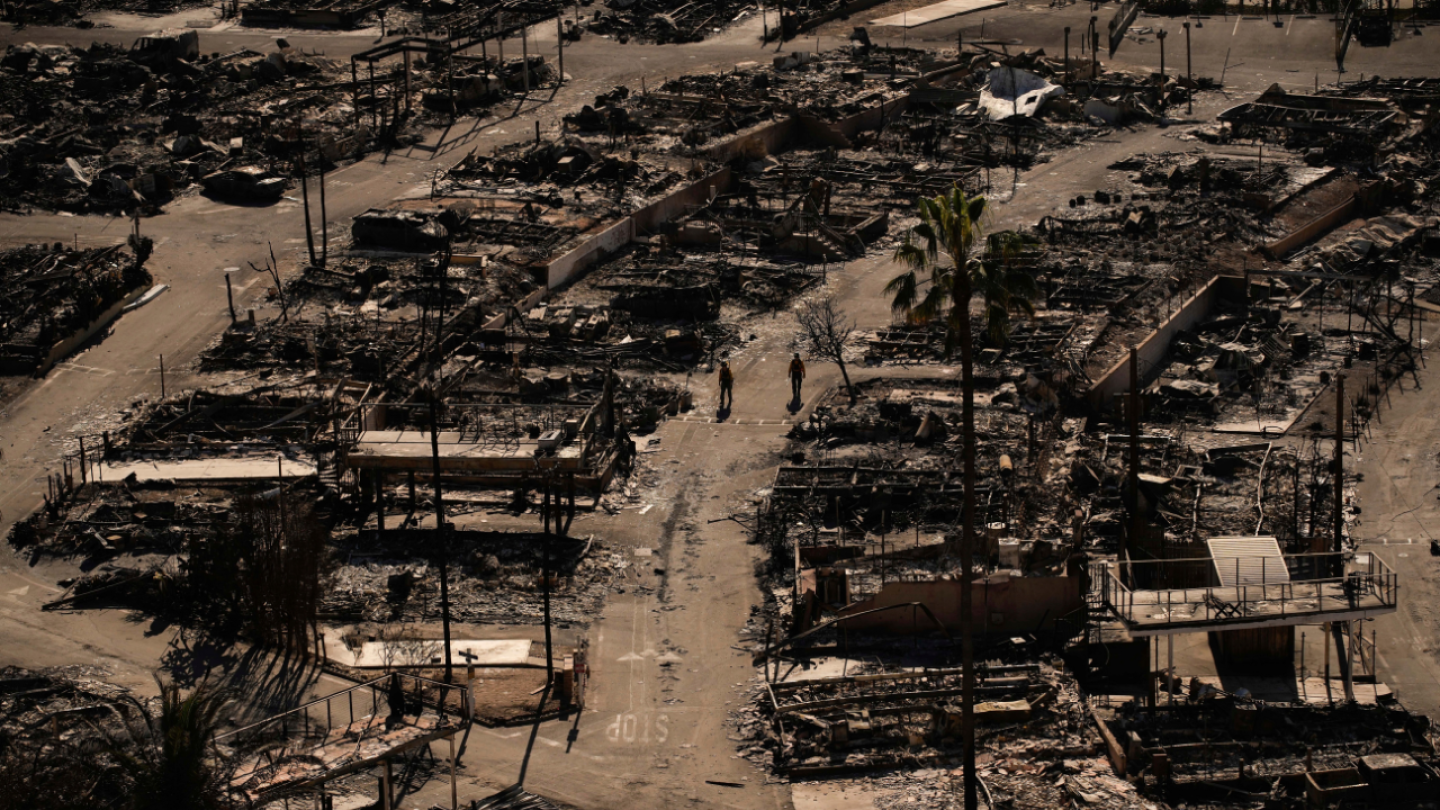Unrelenting Winds: A New Challenge in Los Angeles’ Battle Against Wildfires
As the sun sets over the sprawling metropolis of Los Angeles, a familiar yet foreboding presence looms on the horizon: unrelenting winds. These strong gusts, often associated with the Santa Ana winds, pose a significant challenge in the city’s ongoing battle against wildfires. With the dry hillsides and dense urban areas, these winds can exacerbate fire conditions, complicating firefighting efforts and raising concerns for residents and officials alike.
The Role of Wind in Wildfire Dynamics
Wind is one of the most critical factors influencing wildfire behavior. It can spread flames rapidly, carrying embers to new locations and igniting spot fires well ahead of the main front. In Los Angeles, where the Santa Ana winds can reach speeds of over 60 mph, the risks associated with wildfires become even more pronounced.
These winds are characterized by their warm, dry nature, which can lead to:
- Increased Fire Spread: Rapid gusts can propel flames and heat into untouched areas, igniting brush and trees that would otherwise remain dormant.
- Erratic Fire Behavior: Winds can shift direction suddenly, making it challenging for firefighters to predict the path of the blaze.
- Spot Fires: Embers carried by the wind can ignite new fires, expanding the wildfire’s reach far beyond its initial perimeter.
Recent Events: The Impact of Current Wind Patterns
In the wake of recent weather patterns, Los Angeles is bracing itself for what could be a particularly challenging fire season. Meteorologists have noted that the combination of high temperatures, low humidity, and strong winds creates a “perfect storm” for wildfire conditions. This scenario has raised alarms among fire officials and emergency services. With the memory of past devastating fires—like the Woolsey Fire in 2018—still fresh in the minds of many residents, the city is ramping up its preparedness initiatives.
Firefighting Challenges: Strategies in the Face of Adversity
The Los Angeles Fire Department (LAFD) faces immense challenges when combating wildfires exacerbated by unrelenting winds. Some of the strategies being employed include:
- Enhanced Surveillance: Utilizing drones and aerial surveillance to monitor fire activity and wind patterns provides real-time data that informs firefighting strategies.
- Controlled Burns: Strategically planned controlled burns help reduce fuel loads in high-risk areas, making it harder for wildfires to gain momentum.
- Community Engagement: Local residents are urged to participate in fire safety measures, such as creating defensible space around their homes and staying informed through alert systems.
Community Preparedness: A Crucial Element
In the face of increasing wildfire risks, community preparedness has never been more critical. Residents can play a vital role in minimizing the impact of wildfires exacerbated by strong winds. Here are a few proactive steps that homeowners can take:
- Maintain Landscapes: Regularly trimming trees and shrubs, especially those that are close to homes, reduces the likelihood of fire catching.
- Create Defensible Space: Establishing a defensible space of at least 30 feet around homes can help prevent flames from reaching properties.
- Stay Informed: Sign up for local alerts and updates from fire officials to remain aware of fire risks and evacuation orders.
Looking Ahead: Innovations in Fire Management
As the threats posed by unrelenting winds and wildfires continue to evolve, so too does the technology and strategies used in fire management. Innovations in this field are making a significant impact:
- Predictive Modeling: Advanced weather forecasts and predictive modeling software allow fire officials to anticipate fire behavior based on wind patterns and other environmental factors.
- Firefighting Technology: The introduction of fire-resistant materials in construction and innovative firefighting techniques—such as using fire retardants and backburning—are becoming more prevalent.
- Data Integration: Integrating data from various sources, including weather stations, satellite imagery, and ground reports, helps in crafting more effective firefighting strategies.
Conclusion: A Collective Effort
As Los Angeles grapples with the dual threats of unrelenting winds and wildfires, the importance of a unified approach becomes clear. The collaboration between fire officials, local government, and the community is essential in mitigating the risks associated with wildfires. By staying informed, prepared, and proactive, residents can contribute to the fight against these devastating natural disasters. While the challenges are significant, the resilience and determination of Los Angeles to adapt and overcome these hurdles is equally profound. Together, the community can navigate the complexities of wildfire season, ensuring safety and preparedness for all.
See more Your Daily Weather



